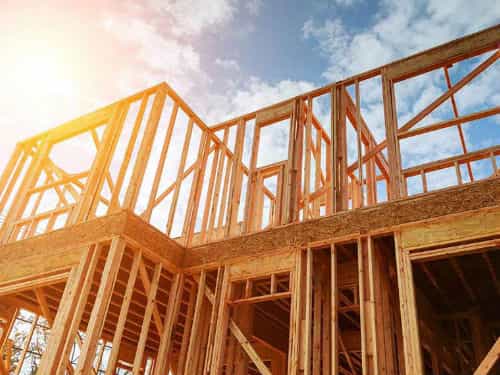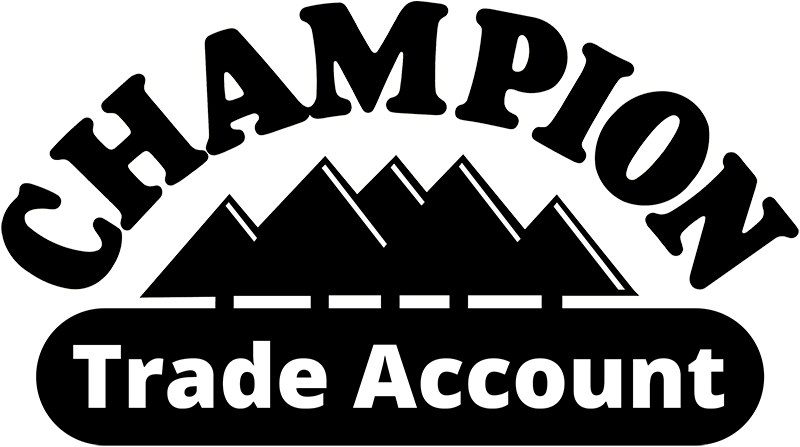
Due to the negative media regarding quality control for timber frame housing in the mid-to-late-1980s. The timber used in the construction building faced a heaving decline, losing over 25% of the market share. Recently, however, a study by MTW research indicated that timber frame is the fastest-paced sector of the UK housebuilding market. In addition to gaining further share in 2018, with sales rising by £400m over the next 5 years.
- Modernisation: The integral structure of houses in the timber frame style may appear visually very similar to those of 40 years ago. But there has been real technological development in regards to the final building’s comfort and general environmental efficiency. “Metal web” structures are now also becoming more evident in aiding the structural integrity of new builds in urban areas.
- Speed: Speed of construction is another motivation to build with a timber frame. There is still a perception that timber frame is more expensive than brick and block. However, big factors such as speed of construction and reduced foundation requirement bring down the overall cost. These aspects mean far less disruption in the local community if the building is in a built-up area, and easier delivery of materials if the site is isolated.
- Sustainability: Probably one of the more important reasons is the renewability and eco-friendliness of timber frames. With its energy-efficient credentials, the timber frame has a strong advantage in this respect. But where it scores more highly is the reduced carbon footprint and materials sustainability of the build itself when timber frame is used. With the potential growing awareness of sustainability in building regulations, this is likely to add weight to the timber frame argument.

